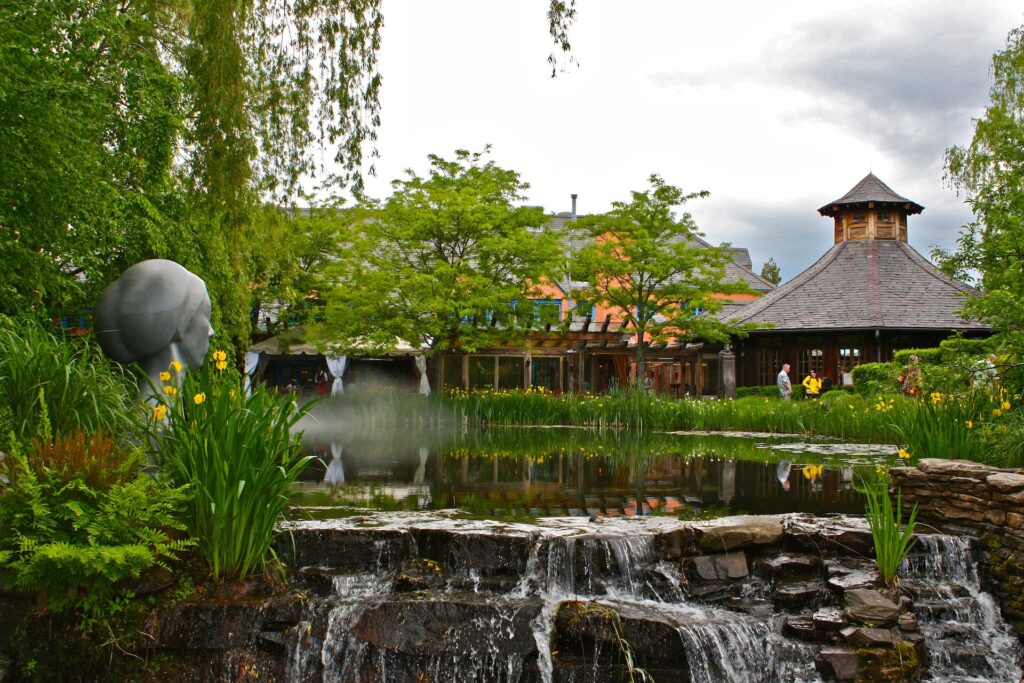
Best Techniques for Pond Management
When it comes to pond management, there are a few best practices that you should follow. Here are a few of them: aquatic vegetation control, fertilization, slope design, and fish stocking. These techniques will help you ensure a healthy environment for your aquatic animals. Use them to ensure that your pond is a success and that everyone can enjoy it.
Aquatic vegetation control
One of the best techniques for controlling aquatic vegetation in a pond is through physical removal. This is done by cutting off the plant’s stems and leaves and collecting them. The method can be done manually or with a mechanical weed harvester. However, it can be a very time-consuming process. This method may also encourage the growth of new plants since it can remove significant volumes of plant material.
The best technique for controlling aquatic vegetation varies from pond to pond, as the best method will depend on the size and type of aquatic life in the pond. It may also require professional help. If you have a large pond, it might be necessary to hire a professional weed-control service to remove the unwanted vegetation. For instance, some companies offer a variety of professional and industrial services, including weed control and aquatic vegetation control. Some of these companies are staffed by experienced, licensed applicators with more than 20 years of experience.
Another way to effectively control aquatic vegetation is to treat small areas of the pond at a time. This technique reduces the risk of fish kill by making smaller areas free of aquatic vegetation. Ideally, treatment should be performed in patches of 20 to 25 percent of the total pond area. The treatment should be repeated every three weeks.
Fertilization
Fertilization is one of the best practices for a healthy pond. Fertilizers are natural or synthetic substances that increase the growth of natural food organisms like phytoplankton and zooplankton. These organisms are part of a complex food web that converges toward the production of fish. The addition of fertilizers also promotes the growth of planktonic algae, which in turn helps feed algae-eating animals. In fact, some fish feed on algae, so fertilizing your pond is an important part of keeping your fish healthy.
Before fertilizing, check the quality of the water. Get a chemical analysis done and determine if there are excessive levels of phosphorus, nitrogen, or nitrates. In addition, check the chemical properties of the bottom soil around your pond. Too much nitrogen and nutrients can affect the pond’s ecosystem, causing it to grow weeds and other undesirable things.
Fertilization should be done frequently – at least once a week – to get the best results. It is also important to avoid solid fertilizers, which can quickly break down into insoluble compounds. In addition, never apply phosphate fertilizers to your pond. The phosphorus and nitrogen in your pond water can react with each other, which could lead to a harmful ecosystem.
Slope design
Slope design for pond management involves calculating the dike height and slope for each pond on a sloped site. The slope factor is based on the ratio of the width and length of the pond. For example, if the pond is a square shape, the slope ratio should be 1:1. If it is not, the slope ratio should be 2:1. Then, the volume of the dike must be calculated by multiplying the slope factor and crest factor.
Slope design for pond management should include a minimum depth that will meet the desired use of the pond and also offset any normal seepage and evaporation losses. These losses can vary from continent to continent, soil type, and year to year. To minimize these losses, the minimum depth should be at least three feet.
Large sites often require several ponds. In such cases, a qualified engineer is needed.
Fish stocking
One of the best techniques for pond management is to stock your pond with the appropriate species. Largemouth bass, bluegills, redear sunfish, channel catfish, and hybrid sunfish are all good choices. Avoid stocking with suckers, carp, and other species, as they may not thrive and result in an unbalanced fish community.
There are many ways to introduce fish into a pond, including fishing with bait, introducing them by waterfowl, using aquatic plants, and flooding. Fish from nearby ponds can also be brought in by floodwater, allowing them to spawn. Over time, these fish will grow to become a part of your pond’s ecosystem. To ensure a balanced fish population, stock the pond with three prey fish for every predator fish.
Until recently, the ecology of rivers and lakes was poorly understood. Fish stocking programs were introduced to increase conservation efforts. The goal of these programs was to boost the number of native fish species in a given area. In addition to boosting conservation, fish stocking is an effective way to manage water quality and reduce costs. However, fish stockings must be placed strategically and not risk the survival of native species.
